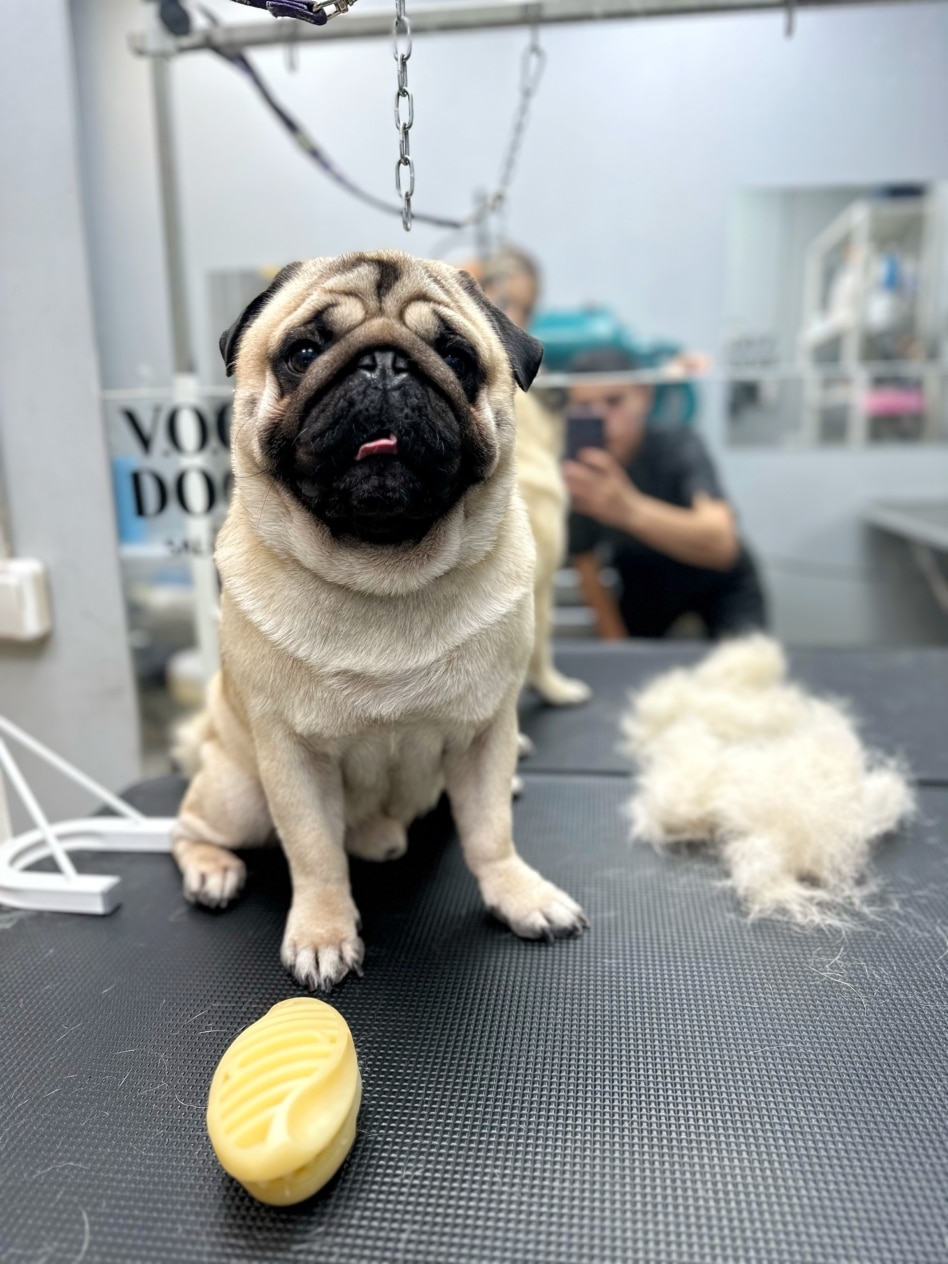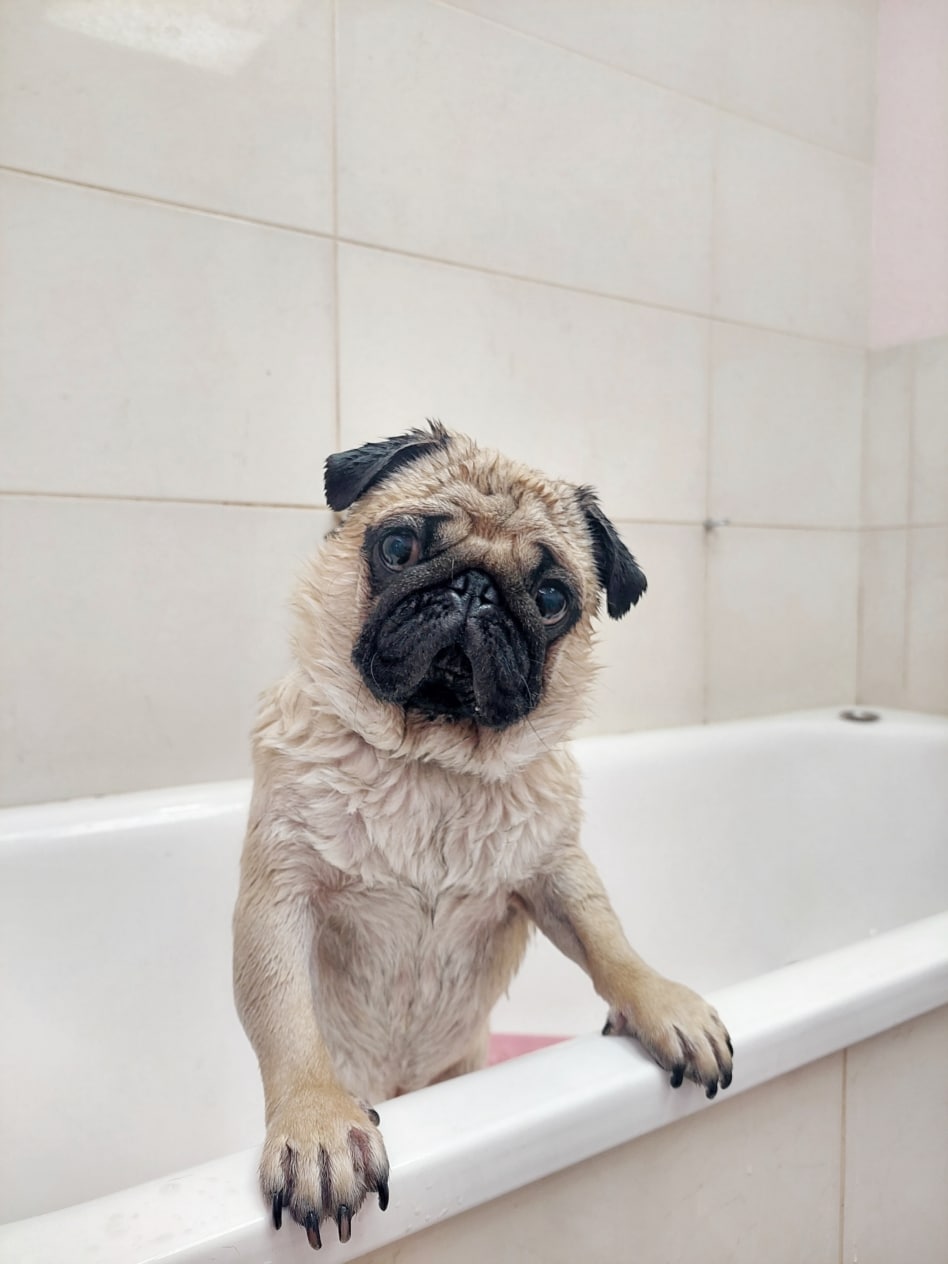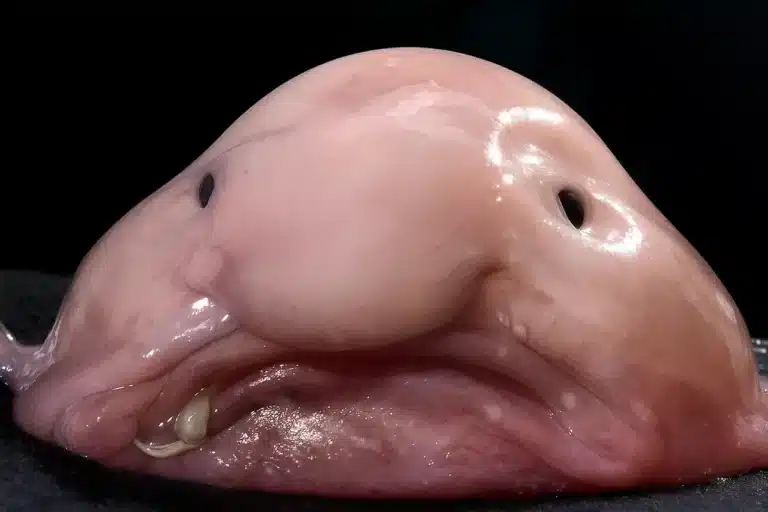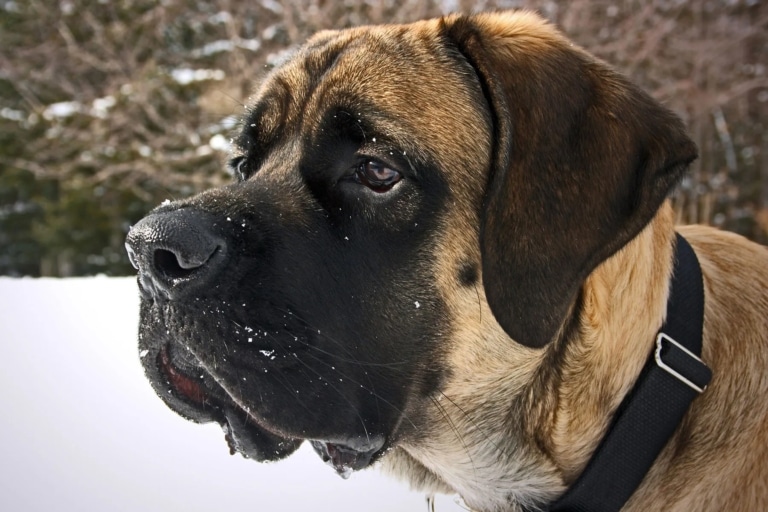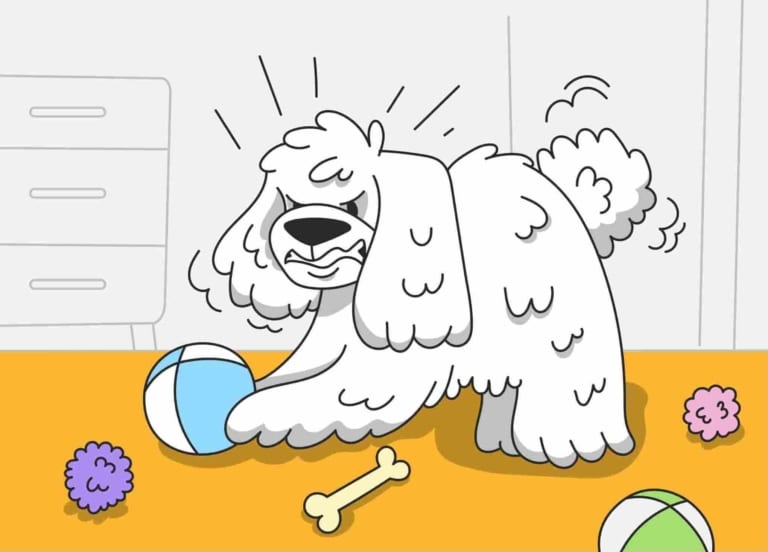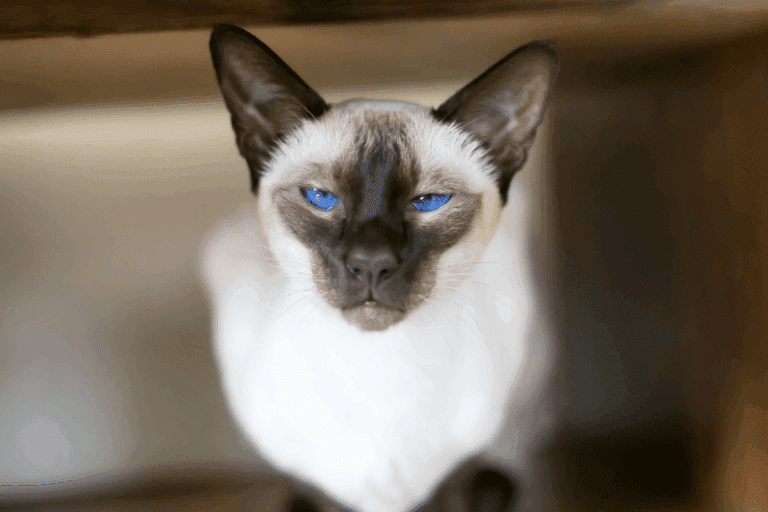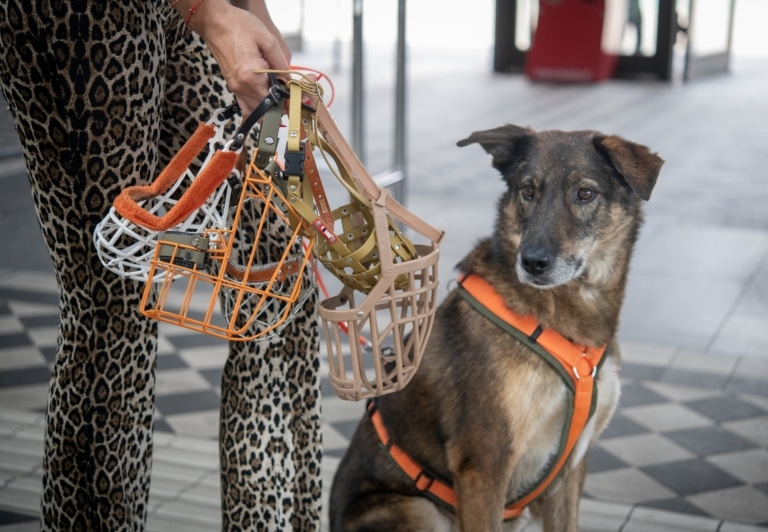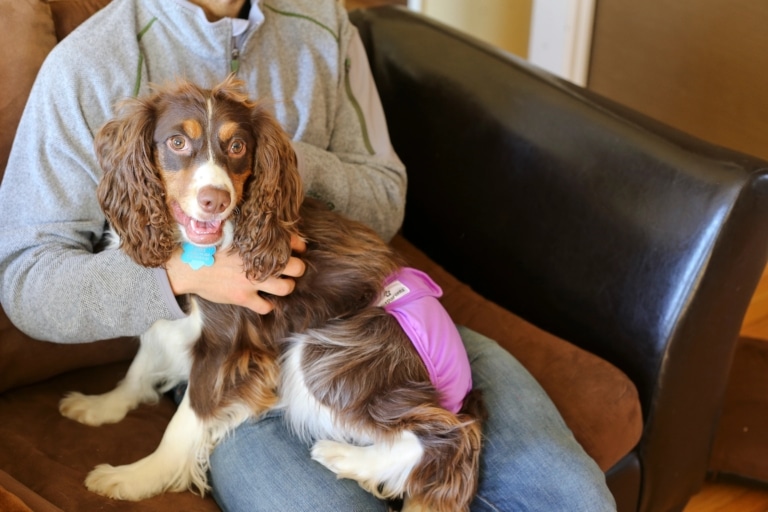The Pug is a breed that gives the illusion of simplicity: small, short-haired, no fluff, no bangs. It seems that care for him is reduced to “scratch, wash and love”. But if you are a pug owner – you know that it’s not like that at all. Underneath that smooth skin is a sensitive system that requires not cosmetic – but physically necessary grooming. So why does a pug actually need regular professional grooming?
A pug’s folds are not hair, and it is in them that the greatest risks are found
The pug’s main “problem area” is not the fur, but the skin. More precisely, skin folds, which this breed has on the muzzle, around the eyes, neck, groin, tail. These areas are designed to trap moisture, bacteria and dirt – and without regular care, they quickly become a breeding ground for inflammation.
A pug won’t tell you it’s burning between the folds. But you will see redness, sores, itching, or that “pug smell” that no deodorant can beat.
During grooming, these areas are treated: gently cleaned, dried or moisturized, depending on the condition of the skin. All this is done with professional products – not alcohol, not laundry soap and definitely not with wet wipes. This treatment prevents dermatitis, fungus and the formation of wounds, which pugs tolerate very badly as they are constantly rubbed because of the folds.
A pug’s short coat is shedding 365 days a year
Pugs are one of the few short-haired breeds that molt constantly, daily, seasonally, non-stop. At the same time, their fur is short, stiff and literally pokes into clothing, furniture and even skin. Regular bathing does not solve this problem. Deep combing during grooming with special tools (e.g. rubber massage brushes or furminators with the correct attachment) is required.
A properly combed out pug is minus 80% of the “post-pug” residue on your jeans and plaids. But it is important: combing should be delicate, as pugs have very sensitive skin, prone to micro-damage. Therefore, such a procedure is better to entrust to those who understand where to press and where not to.
Hygiene of eyes, ears, paraanal glands and paws is not an “optional extra” but mandatory procedures
The pug has a special head shape: large, open eyes, close to the skin, protruding muzzle. Because of this, the eyes often leak, and the tear paths become a moist risk area for irritation. During grooming, these areas are treated with safe products that relieve inflammation and do not dry the skin.
Pug ears have a dense structure and because of this, they quickly accumulate wax, dust and moisture, especially after walks or baths. Uncleaned ears are one of the most common sources of bad odor and inflammation, which can develop into an ear infection.
Pugs also often have problems with their para-anal glands, which without cleaning can become inflamed and create pressure, pain or even suppuration. This is a delicate procedure that is only performed by trained professionals. And pugs also often have their hair clipped between the paw pads, as it gets stuck with dirt and slides around on the floor, creating a risk of falls.
Conclusion
The pug is a delicate, sensitive creature that just doesn’t show that it is uncomfortable, hurts or bakes. His short coat is a trap for fluff, and the folds are a microcosm that must be controlled. Pug grooming is about preventing inflammation, controlling hygiene, and caring for the comfort that this cute, always-smiling doggie won’t ask for – but definitely deserves.
At V.O.G DOG SALON, we know that. We work with pugs not as “just short-haired”, but as special clients. And that’s why your pug feels so much better after a visit to us.


